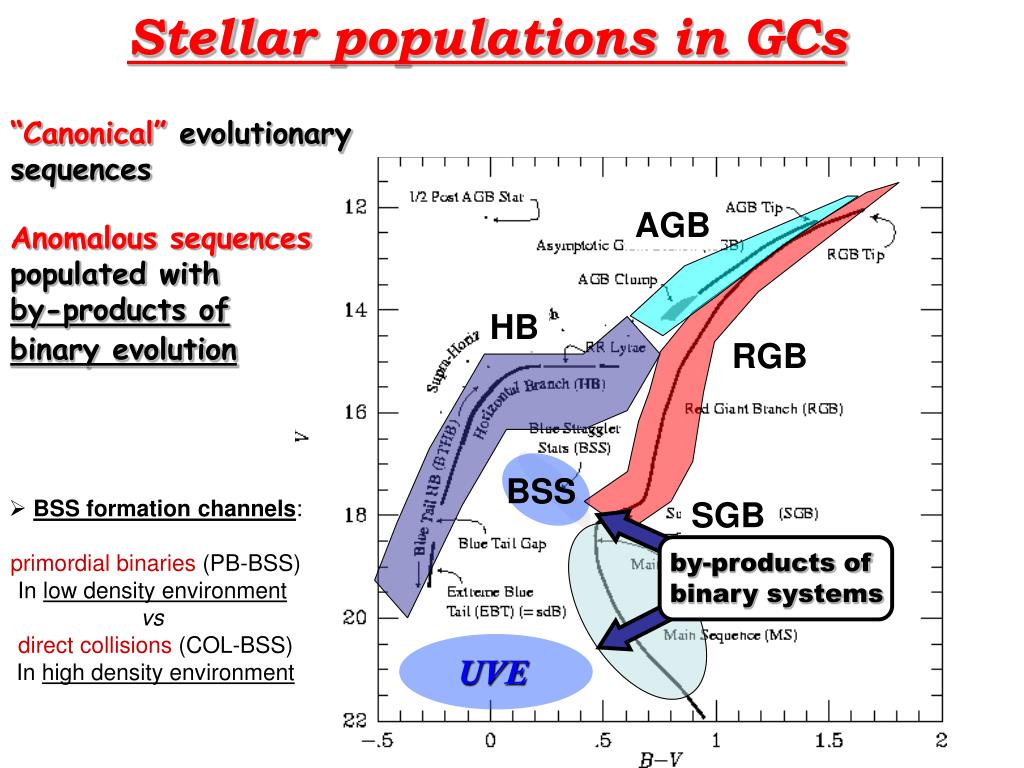

In addition to the multi-object support, it contains the ability to calibrate images, perform astrometry (using the existing open source packages SExtractor, SCAMP, and missFITS), and construct the reports for the Minor Planet Center.ĭark matter… If it can’t be seen, then how do we know it’s there? If it wasn’t for the effects of gravity, we wouldn’t. The computer program PhAST is available at. The resulting positional information was then submitted to the Minor Planet Center and accepted.
Astrometry versus photometry astronomy software#
This wasn’t just a close rock… this was a rock that was going to pass within 50,000 km of Earth! Thanks to Morgan’s software upgrades, the team was able to correctly compute the brightness and distance of the PHA with 50% of the error margin gone. It was definitely a yellow alert when the group happened across a Potentially Hazardous Asteroid (PHA) designated as NEO2008 QT3. While Morgan initially put his new software to use on existing image data, the first test happened this October during an observing session using the 2.1m telescope at Kitt Peak National Observatory. Now you have a recipe for checking out as many images as needed in any order, and perform the astrometric (positional) as well as photometric (brightness) analyses.
Astrometry versus photometry astronomy code#
Enter Morgan Rehnberg, who just happened to have the right computer skills needed to tweak the current image viewer program (ATV, written in the code IDL). Not only has the REU made some fine imaging contributions, but they’ve learned what having a career in astronomy is really like and gone on to become professionals themselves. Many of us are familiar with the Research Experience for Undergraduates (REU) program, supported by the National Science Foundation and part of the National Optical Astronomy Observatory (NOAO).

Even though a better software program was required, there simply wasn’t enough time for the group to write it – but Trueblood saw it as the perfect opportunity for a summer student. While there are computer programs currently able to do just that, none of them did exactly what’s required to stake the life of planet Earth on. Right ascension and declination must be absolutely spot on. At the same time, the coordinates for the NEO must be perfected and then computed. While most astronomy targets are of long term imaging, asteroids require multiple digital images which are viewed via the “blink” method – similar to an old nickelodeon movie. Right now a program headed by Mark Trueblood with Robert Crawford (Rincon Ranch Observatory) and Larry Lebofsky (Planetary Science Institute) is being executed at the National Optical Astronomy Observatory to help catalog NEOs – and it’s being assisted by a Beloit College student, Morgan Rehnberg, who developed a computer program called PhAst (for Photometry and Astrometry) that’s available over the Internet.īecause asteroids have a speedy window of observing opportunity, there can be no delays in reporting and tracking data. By knowing exactly what’s out there, we stand a true chance of being able to deflect a problem before it arises. Why? We need precise orbital information… A “somewhere in the neighborhood” just won’t do. However, the juxtaposition is that we need to uncover as many of these stragglers as we can, document and track them for the most accurate information possible. Known as Near Earth Objects (NEO), these orbiting stones also share our orbit – and our paths could cross. While most asteroids belong to the Jupiter-orbit class and pose absolutely no danger to Earth, there are exceptions to every rule. But, no worries… We’ve got a student to put to the test! There’s always a possibility that a flying space rock could slip through the proverbial cracks and devastate our planet. Knowing where and what we might be facing has been of constant concern, but one of the biggest problems is that there isn’t enough “eyes on the skies” to go around. Can you imagine an asteroid impact? Even if it were a small event, it could have some far-reaching implications for life of all types here on terra firma. It’s one of the scariest scenarios that could face Earth.


 0 kommentar(er)
0 kommentar(er)
